About neck pain
Office workers commonly present with chronic neck pain. 3.24 million Australians suffer from chronic neck pain, costing the Australian Healthcare System $7.2 billion annually (Deloitte Access Economics, 2019). Globally, neck pain is one of the leading causes of disability, affecting people’s daily activities of living (Australian Physiotherapy Association, 2020). Individuals who present to physiotherapists with neck pain commonly show acute wry neck. 90% of the population will exhibit at least one episode of acute wry neck throughout their lifetime (Cunha et al, 2021). Acute wry neck sufferers often present with radicular pain and in severe cases develop radiculopathy (Cunha et al, 2021). Cervicogenic headache is another common diagnosis, alongside patients presenting with whiplash associated injuries and individuals suffering from thoracic outlet syndrome (Page et al, 2011). Approximately 6-10% of the population suffer from these injuries (Kumagai et al, 2022).
Diagnosing neck pain
There are 3 common diagnoses that explain neck pain in those who present to Exercise Thought:
Generalized tension type neck pain which may be associated with tension type headache
Joint pain or restriction associated with a facet or disc articulation within the spine
Postural patterns wherein a particular and sustained posture is associated with symptoms and where adoption of other postures brings relief
Physiotherapy can help with each of these 3 conditions. At Exercise Thought, we focus on high-value interventions which provide lasting relief. This begins with the developing of self awareness.
Pythagoras is credited for having said that everyone knows themselves that they will also know the universe and God. Perhaps those presenting with neck pain to Exercise Thought do not seek knowledge of the universe and God, but why not aim to help clients move nearer to self actualization while we simultaneously relieved their bodily pain in the short term?
Self awareness enables a client to identify the circumstances that coalesce in them experiencing 1 or a combination of these 3 types of neck pain. Some examples of circumstances where self-awareness can relate to neck pain are described below:
Generalized tension through the neck and shoulders is more common when someone is breathing apically. Apical breathing expands the upper part of the lungs using the neck and shoulder muscles more than the belly and diaphragm. Apical breathing is associated with hyperventilation which occurs in anxious or stressful moments and which does not using the full lung capacity***. General tension through the neck and shoulders may also be present when someone is inclined to keep their arms by their sides for long periods of time. Continuing to rest the arms by one’s side will cause large muscles such as the pectorals and latissimus dorsi muscles to shorten***. This, in turn, will hold the shoulders down and increase the level of tension through the muscles that exist above the shoulder level such as the sternocleidomastoid, levator scapulae & upper trapezius muscles. A lack of exercise and lack of sleep can also increase muscle stiffness and tension***. Enabling a client to become aware of these and other relevant factors may foster in them a self awareness that equips them for addressing the multitude of factors that can help to reduce the likelihood of them experiencing neck pain in the future.
When a client is experiencing restriction of pain in a joint on one side of the spine, such as in the cases of wry neck, enabling them to become aware of situations or routines in which they place an even or asymmetrical load on their upper spine can be considered an educational intervention that helps the client for many years to come. Some clients report to the physio that left- or right-sided neck pain corresponds with the habit of holding a telephone between the ear and shoulder on a particular side, repeatedly turning their neck in one direction and not another, or often using their upper limbs unevenly or asymmetrically. Physiotherapy can help a person with neck pain to identify opportunities for improving these daily routines and so share the physical load of life across left and right sides. Physio can also help someone with neck pain but identifying methods that the client can use to reduce pain by practicing exercises that complement (through the balancing of one’s body or the relieving of resulting pain) the existing daily routines described by the client.
When presented with a client reporting neck pain during prolonged posturing and distinctly not during particular movements, a physiotherapist’s primary responsibility is to make the client aware that their posture is presently contributing to the concern and that their posture is adjustable. Some clients present with neck pain and hold the belief that their posture is bad. Many Physio‘s are met with people who are concerned about their own poor posture, even if they do not experience pain associated with posture. Some of us are raised to believe that an upright posture is always appropriate. An upright posture does place the spine in the position most likely to withstand axial loading which occurs when we remain upright against gravity or when we place a large weight on top of one’s spine such as those who balance heavy pots or loads on their heads when walking great distances - an activity we often associate with the African continent or with less developed societies. The optimal posture is, however, not a fixed posture. The optimal posture is one that changes. The body loves variety. Nature, itself, enjoys variation within certain parameters. The human body is most healthy when able to flex, extend, rotate and combine the aforementioned. The human body that is maintained in a posture is not a healthy body.
***Reference to come

